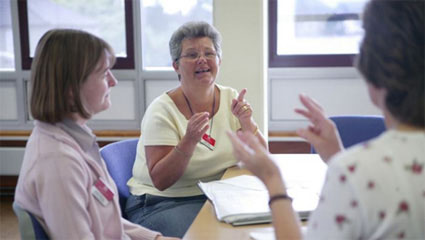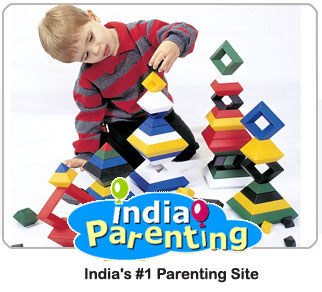The process of hearing is a very complex process. Ear is the hearing organ. Ear appears to be a simple structure but actually it is a very complex organ. Ear is divided into three parts and all the parts have an active role in the process of hearing. Hearing is possible through an electro chemical signal from the inner ear, passing through the nerve to the brain. To know more about the functioning of the ear and the process of hearing, read on.Sound reaches the brain through the ear and we get to her. But the process of hearing is more complex than this statement. The ear can be divided into four major sections according to the function each of them plays in the furthering the process of hearing. They are:
- External ear
- Middle ear
- Inner ear
- The hearing process center in the brain
All these four sections need to work in tandem in order to direct the external sounds happening outside the head and enable them to reach the brain which effectively processes it to make us ‘hear’. Given below is a brief description of the anatomy of the ear and how the parts help in hearing.
External Ear
The external ear is divided into two parts:
- Pinna – This is the outer portion that is visible on both sides of the head.
- External auditory meatus – This is the ear canal that begins from the pinna and joins the tympanic membrane which is commonly known as the eardrum.
The pinna is built with skin and cartilage supported by some muscular attachments to the back of the head. Pinna acts as a funnel in collecting and directing the sounds and helps them travel down the ear canal. There are certain twists and folds in the pinna which increase the frequency sounds and helps us to gauge the source and direction of the sound source. This also helps us to focus on the source and reduces the background noise. This further explains that if we cup our hands around our ears, the sound gets further amplified.
The external auditory meatus is shaped as a twisting tunnel and 2.5 cm is length and its diameter is as big as a pencil eraser. The walls of this canal are extremely sensitive to touch because of a cranial nerve branch passing beneath surface of the back canal wall. Two-thirds of this canal is bordered by cartilage and houses the glands that produce ear wax or cerumen. The inner one-third part is encased with bone. The canal has a natural resonance feature that help in the boosting of the sound pitch.
Middle Ear
The middle ear constitutes of air-filled space between the ear drum and inner ear. It has three tiny bones called ossicles that form the linkage along with some tiny ligaments and muscles that act as supportive feature. They also help in adjusting the tension of the bone chain. The tympanic membrane has a concave shape which vibrates when sound travels down the ear canal. The ossicles transfer these vibrations to the inner ear or cochlea.
- The first bone that is attached to the inner surface of the membrane is called malleus or hammer
- The second bone is known as incus or anvil
- Third bone or innermost bone is called stapes or stirrup.
As the footplate of the stapes vibrates, it reaches the cochlea through an oval-shaped opening. The sound energy is now transferred through the fluids in this section.
The middle ear space is connected to the throat by the Eustachian tube and that is why a ‘pop’ is heard when there is a change in the pressure balance.
Inner Ear
There are two sections here: vestibular or the balancing part and cochlea. The vestibular portion senses the head position with respect gravity. The cochlea is shaped as a coiled canal encased within dense bone tissue inside the skull. It houses three membranous canals filled with fluid. There is a specialized group of cells called Organ of Corti which passes the vibratory energy. This follows by a shearing action on the celia on the upper surface of the cells. This generates an electro-chemical signal that passes through the auditory nervous pathway to the brainstem into the temporal lobes of the brain, and we finally get to ‘hear’.































